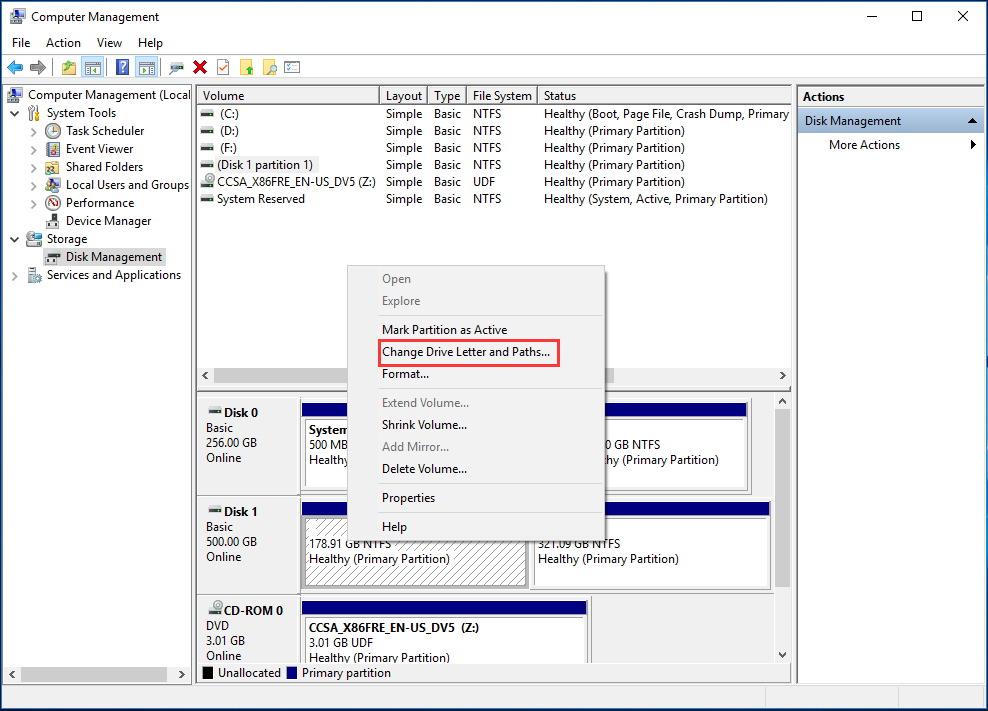

If Quick Scan doesn't work well enough, try Full Scan. The former can restore your lost or deleted partitions which are continuous the latter can scan each sector of the specified scanning range on your SSD. Step 4: Then MiniTool Partition Wizard has two scanning methods, Quick Scan and Full Scan. There are three modes Full Disk should be chosen to scan the entire SSD.


Step 3: Choose a scanning range for SSD partition recovery. Step 2: Choose a target disk for partition recovery. Step 1: Launch MiniTool Partition Wizard and click Partition Recovery. How to perform this operation to fix SSD not showing up in Windows 7/8/10? Here is the step-by-step guide to recover your partitions. Otherwise, the possibility of a successful partition and data recovery on SSD will be slim. Warning: Before you begin partition recovery, don't do anything to your SDD (e.g, create a new partition with the unallocated space). However, the Free Edition can still be used to check whether the lost partitions can be scanned if they can be scanned, you should purchase the Ultimate Edition to recover them. Partition Recovery is a paid feature, so unfortunately you can't recover lost partitions using the Free Edition. This feature allows the recovering of lost partition and lost data effectively in Windows 10/8/7. Among so many features, it owns a core function which is called Partition Recovery. This tool is designed to manage your disk and partition well in areas like partition resizing, disk copy, MBR repair, disk conversion, etc. Fortunately, we have MiniTool Partition Wizard to help you out. In order to recover lost partition and data in case of SSD not showing up in Disk Management, you can adopt a professional and reliable program. What should you do to fix unallocated SSD in Windows 10/8/7? The first thing you do should be retrieving the lost partitions and data so the SSD is no longer unallocated. In these two situations, Disk Management will not show all the partitions on the SSD and only the unallocated space shows. Another situation is that the SSD would appear as online, but the entire disk is "unallocated". In this case, it is not wise to initialize this SSD immediately in Windows 10 because all the data on this SSD could be lost. Windows also prompts you to initialize it to MBR or GPT SSD. In Disk Management, the message " disk unknown not initialized" might show up due to virus infection, system file corruption, MBR damage, improper operation, etc. When the SSD isn't new and contains a lot of data, it might not show up in the Windows Explorer when you try to access its files. Then this new partition should show up in Windows Explorer. After initialization is finished, you can create a new volume with Disk Management.


 0 kommentar(er)
0 kommentar(er)
